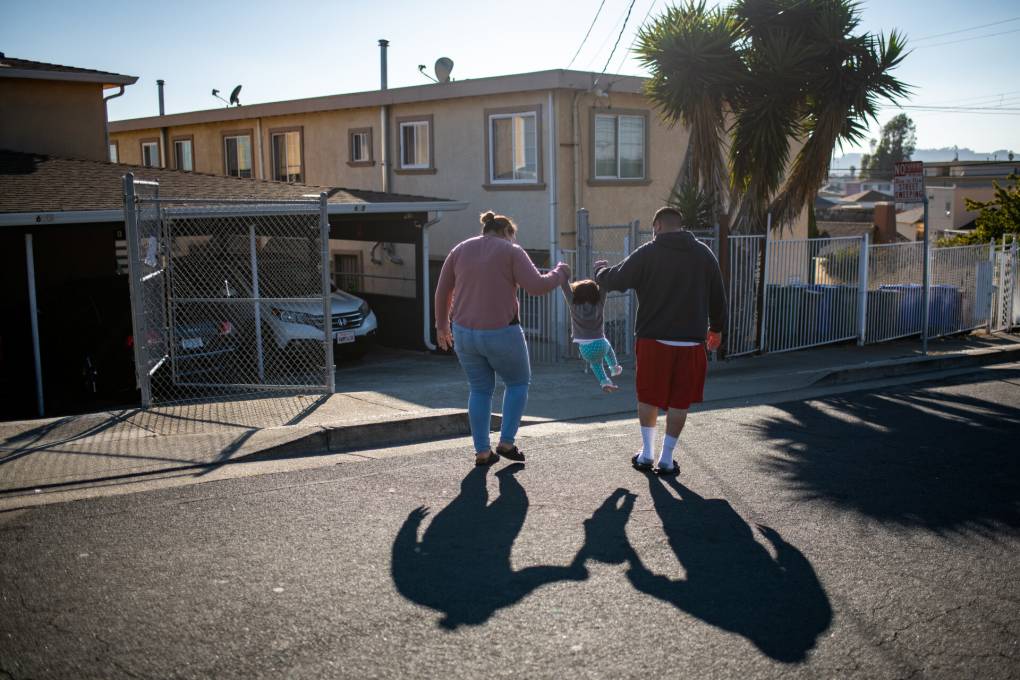Most Bay Area counties, with the exception of Napa and Sonoma, saw little to no growth in residents, said Walter Schwarm, the state’s chief demographer. Access to housing was a big factor in why some cities grew while others shrank.
“The slight decline in San José’s population could be attributed to individuals looking to move to differing housing/amenities bundles elsewhere in the county, such as Gilroy or Sunnyvale, both of which grew,” he told KQED in an email. “So larger cities facing some slackening of growth is not particularly concerning, rather just a question of housing availability, affordability and market timing.”
The department’s report showed that the state added little new housing to its stock last year. Most of the new homes constructed were single-family homes and granny flats, usually in more suburban cities. The bulk of new apartments, condos and duplexes were built in larger, more metropolitan cities.
Schwarm said the Bay Area’s largely flat growth could also be reflective of the region’s economic slowdown over the past year. Last year, California’s unemployment rate was the highest in the country.
Meanwhile, Los Angeles’ population grew by more than 15,500 people, and San Diego’s by more than 14,000. Other cities, including Fresno, Sacramento, Long Beach and Oakland, also saw growth.
The report released this month used data from January this year and did not reflect major displacement and population shifts from the Los Angeles wildfires that happened later that month.
Counties in the Central Valley and the Inland Empire, including Lassen, Glenn, Fresno and Sutter, saw big population gains, and cities within those counties added more homes.
Sarah Karlinsky, research director of the Terner Center for Housing Innovation at UC Berkeley, said that because land is less expensive there, the housing tends to be more affordable.


